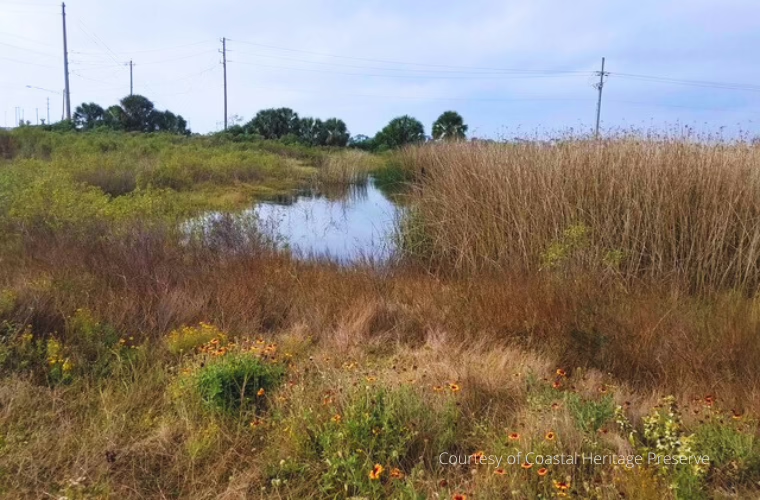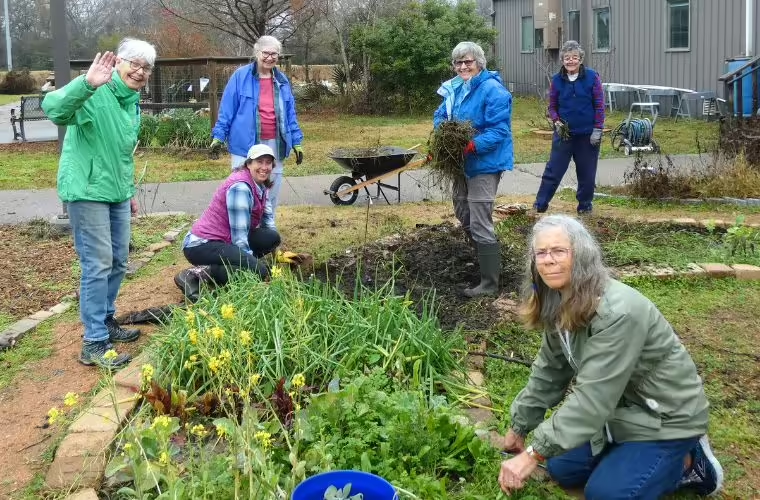January 13 @ 6:15 pm – 8:30 pm
6:15 Doors Opens – UHCL Bayou Building, Garden Room
6:40 Zoom Opens
6:45 Business Meeting
6:55 Plant of the Month
7:00 Guest Speaker
Join us for an evening of delicious pizza, exciting door prizes, and the chance to connect with others while learning something new!
In this presentation, Adam Lawrence will explore incorporating native plants—particularly native grasses—into your home landscaping. Learn about the ecological benefits, aesthetic appeal, and practical steps to create a sustainable, nature-friendly garden inspired by the beauty of coastal prairies.
About the Speaker
 Adam Lawrence is the Habitat and Stewardship Manager at Artist Boat, where he oversees the Coastal Heritage Preserve, a nearly 1,100-acre expanse of coastal prairie and wetlands on the west side of Galveston Island. An ecologist by trade, Adam holds degrees in ecology and evolutionary biology as well as business from Rice University. He has been engaged in botany research since his teenage years, having done vegetation surveys and monitoring for federal agencies, as a private consultant, and now in the non-profit sector. Adam’s love for prairie ecosystems is reflected in his appreciation for Little Bluestem and Bushy Bluestem, his favorite plants.
Adam Lawrence is the Habitat and Stewardship Manager at Artist Boat, where he oversees the Coastal Heritage Preserve, a nearly 1,100-acre expanse of coastal prairie and wetlands on the west side of Galveston Island. An ecologist by trade, Adam holds degrees in ecology and evolutionary biology as well as business from Rice University. He has been engaged in botany research since his teenage years, having done vegetation surveys and monitoring for federal agencies, as a private consultant, and now in the non-profit sector. Adam’s love for prairie ecosystems is reflected in his appreciation for Little Bluestem and Bushy Bluestem, his favorite plants.
In-person – Parking Pass Required
If you have a pass, don’t forget it – you will not get another one if you picked one up previously. If you need a pass, arrive early enough to pick one up in the meeting room and place it in your car. DO NOT park in faculty/staff parking (enforced 24/7).
Map and Directions – The meeting will be held in Bayou Building Garden Room at UHCL.
University of Houston-Clear Lake
2700 Bay Area Blvd.
Houston, TX 77058
Online – Zoom
Register in advance for this meeting. After registering, you will receive a confirmation email containing information about joining the meeting.
This is a FREE EVENT. Meetings are open to members and non-members. If you would like to become a member, you may join online. For more information about the Native Plant Society of Texas and the benefits of membership please visit: npsot.org.
Hosted by the Environmental Institute of Houston, University of Houston-Clear Lake.
Related Events
-
Updated Jan6! Creating a Native Seed Library in your Community – Williamson County Chapter Meeting, January 9
January 9 @ 7:00 pm – 8:30 pm






